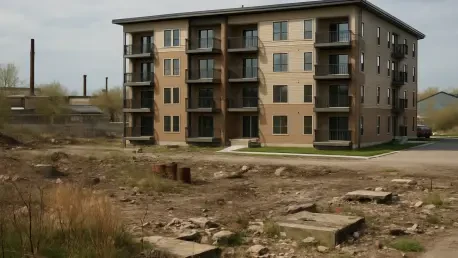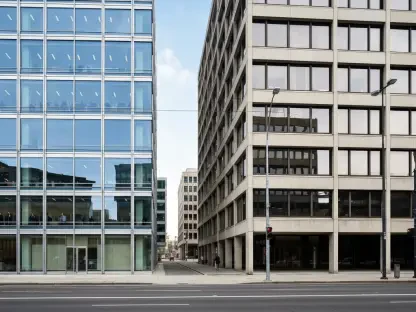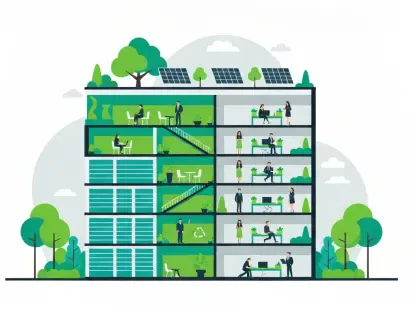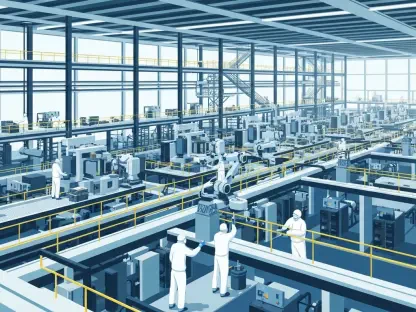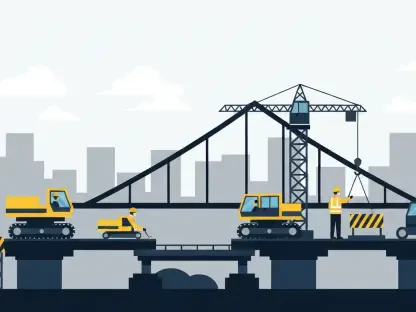In the heart of bustling urban centers, a silent opportunity awaits—brownfield sites, once dismissed as unusable, are now pivotal in addressing the escalating demand for rental housing. With city populations swelling and available greenfield land dwindling, the Build to Rent (BTR) sector faces a critical challenge: how to deliver high-quality, sustainable housing in prime locations. Brownfield redevelopment offers a compelling solution, transforming neglected industrial plots into vibrant rental communities. This market analysis explores the transformative potential of these sites, dissecting current trends, data-driven insights, and future projections for the BTR industry. By delving into the strategies and challenges of repurposing constrained land, this examination aims to equip developers, investors, and policymakers with a roadmap for capitalizing on an underutilized resource in today’s competitive housing market.
Market Dynamics: Brownfield Sites Driving BTR Growth
Current Trends in Brownfield Redevelopment
The BTR sector has witnessed a notable shift toward brownfield sites as a primary resource for urban housing projects. Recent industry reports indicate that over 60% of new rental developments in major UK cities are now targeting previously developed land, driven by the scarcity of green spaces and supportive government policies promoting sustainable growth. These sites, often located in central areas, provide unmatched proximity to transport hubs and amenities, making them highly attractive to renters seeking convenience. Yet, the trend is not without hurdles—contamination risks and high upfront remediation costs continue to deter some investors, despite the long-term value these locations offer.
Data Insights on Investment and Returns
Analyzing market data reveals a promising outlook for brownfield-to-BTR projects. Investment in brownfield redevelopment has surged by approximately 25% from 2025 to projected figures for 2027, fueled by rising rental demand and investor confidence in urban regeneration. Case studies from leading development firms demonstrate that projects on constrained land, when managed with expert input, can yield returns up to 15% higher than comparable greenfield initiatives due to their strategic positioning. However, financial risks loom large if site assessments are inadequate, with remediation oversights potentially inflating costs by millions, underscoring the need for meticulous planning and due diligence.
Regional Disparities and Market Challenges
Significant variations exist across regions when it comes to brownfield redevelopment for BTR. In densely populated urban hubs like London, zoning restrictions and historical preservation concerns often complicate projects, pushing timelines beyond initial projections. Conversely, northern regions with legacies of industrial decline face challenges related to extensive contamination, requiring advanced cleanup technologies that strain budgets. Despite these obstacles, regional incentives and tailored planning frameworks are beginning to bridge gaps, encouraging developers to tackle complex sites with innovative solutions such as modular construction to expedite delivery.
Future Projections: Scaling BTR Through Brownfield Opportunities
Technological Innovations Shaping the Market
Looking ahead, technological advancements are set to redefine the feasibility of brownfield projects within the BTR landscape. Cutting-edge remediation techniques, including bioremediation and automated soil analysis, are slashing costs and timelines, making previously unviable sites workable. Data-driven tools for site evaluation are also gaining traction, enabling developers to predict challenges with greater accuracy before acquisition. Industry forecasts suggest that by 2027, nearly 40% of brownfield developments could leverage such technologies, significantly boosting the sector’s capacity to meet housing demand in constrained urban environments.
Economic and Policy Influences on Growth
Economic factors and evolving regulatory landscapes are poised to further accelerate brownfield integration into BTR strategies. With urban rental demand projected to grow by 10% annually through 2027, investors are increasingly eyeing centrally located brownfield plots as a hedge against market volatility. Simultaneously, anticipated policy reforms, including tax incentives for sustainable redevelopment, could lower financial barriers, spurring activity in this niche. Market analysts predict that a combination of economic tailwinds and supportive legislation will position brownfield sites as a cornerstone of rental housing expansion over the next few years.
Emerging Opportunities for Stakeholder Collaboration
Collaboration across the industry is emerging as a critical driver for unlocking brownfield potential in the BTR market. Partnerships between developers, technical consultants, and local authorities are proving essential in navigating regulatory mazes and mitigating risks associated with constrained land. Forward-looking projections highlight that collaborative models could reduce project delays by up to 30%, creating a ripple effect of efficiency and cost savings. As the sector matures, fostering such alliances will likely become a defining factor in determining which projects succeed in transforming underused sites into thriving rental communities.
Reflecting on Brownfield Impact in BTR Evolution
Looking back, the analysis of brownfield sites as a catalyst for Build to Rent growth paints a picture of untapped potential amid persistent housing shortages. The exploration of market trends, backed by robust data, revealed how these once-overlooked plots have become central to urban regeneration efforts, despite regional and financial challenges. Projections for technological and policy-driven advancements underscored a trajectory of increasing viability for such projects. For stakeholders, the path forward involves embracing innovative tools and forging strategic partnerships to navigate complexities effectively. The lasting takeaway is a call to prioritize sustainable redevelopment, ensuring that constrained land is not just repurposed, but reimagined as a foundation for resilient rental markets in years past and those yet to come.
